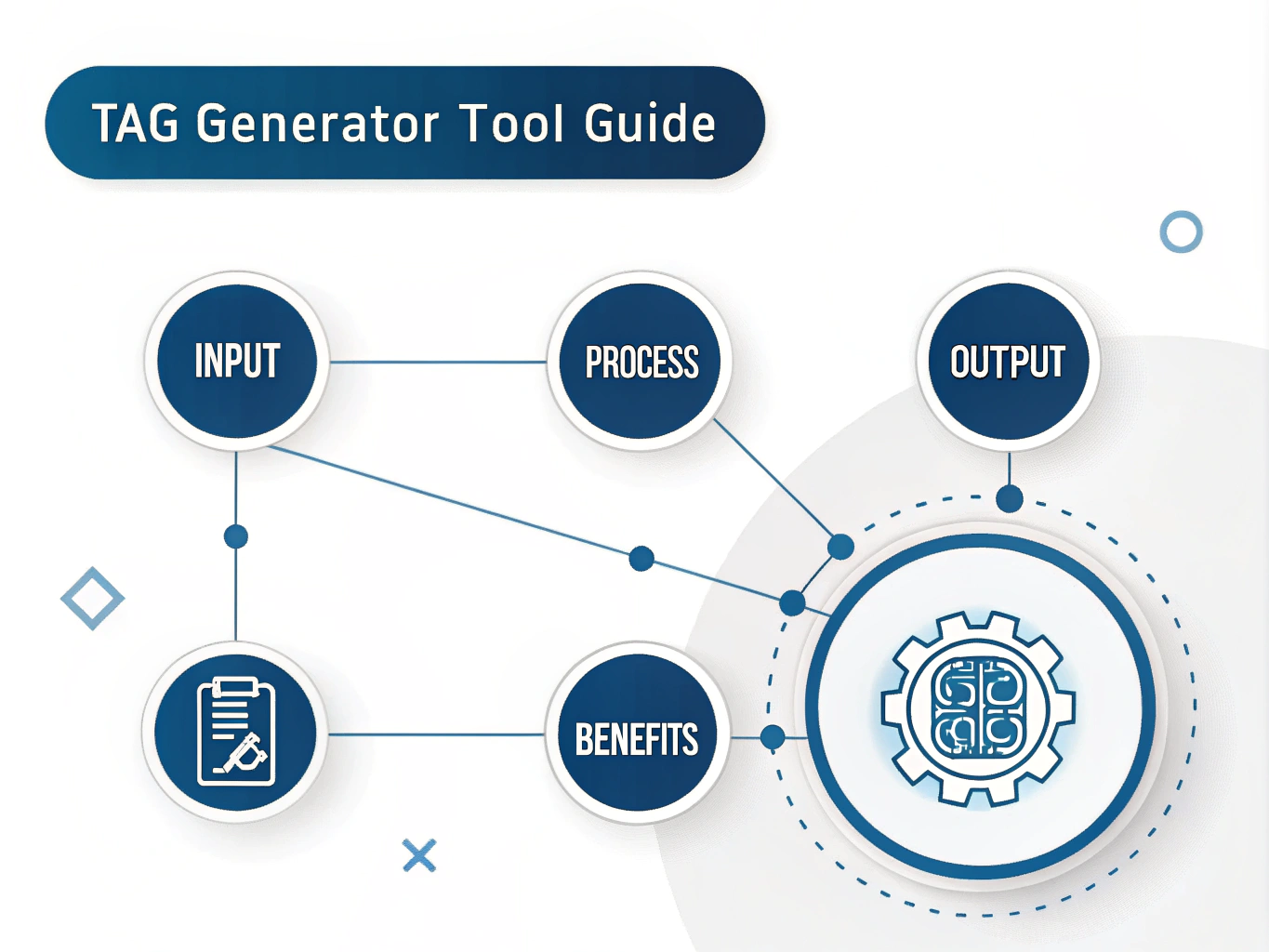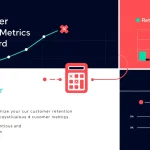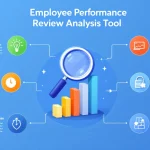Tag Generator
Is this tool helpful?
How to Use the Tag Generator Tool Effectively
The Tag Generator Tool helps you quickly extract relevant tags from your text content. Follow these steps to use it efficiently:
-
Enter your main content: In the first text area labeled for tag extraction, type or paste the core text you want to generate tags from. For example, you might input:
“Climate change has increased the frequency of extreme weather events, impacting global agriculture and food security.”
Or:
“Advancements in renewable energy technologies are driving down costs and boosting adoption worldwide.”
-
Add existing tags or author details (optional): Enter any current tags, keywords, or author names, separated by commas, in the second input field. These will also appear in the final tag set. For example:
“energy_expert, renewable_innovations, climate_action”
Or:
“Jane_Doe, sustainable_development, green_technology”
- Generate tags: Click the generate button to process your input. The tool analyzes your content and creates a list of descriptive tags.
- Review the generated tags: The results appear below the form. Tags are lowercase, with multi-word phrases linked by underscores (e.g., global_warming).
- Copy and apply: Use your tags in content management systems, blogs, or SEO efforts to categorize and improve your content’s visibility.
These straightforward steps make it easy for you to enhance your content’s discoverability and organization.
Understanding the Tag Generator Tool: Definition, Purpose, and Benefits
What Is the Tag Generator Tool?
The Tag Generator Tool uses AI-powered text analysis to identify key themes and relevant topics within any text you provide. It then produces accurate, tailored tags reflecting your content’s main ideas. This automation simplifies organizing and classifying your material effectively.
Purpose of the Tool
This tool targets common challenges in tag creation by automating the process, delivering:
- Extraction of meaningful tags from your content
- Consistent tagging across articles or posts
- Time savings in content management
- Better search engine optimization through relevant tags
- Improved organization of digital content
Benefits You Gain
- Save Time: Generate comprehensive tags within seconds rather than spending minutes manually crafting each one.
- Stay Consistent: Use standardized tags to keep your content organized uniformly across platforms.
- Boost SEO: Tags improve how search engines categorize and display your content, helping more readers find it.
- Enhance User Navigation: Well-tagged content allows visitors to easily explore related topics on your site.
- Remove Bias: The AI tool provides neutral, data-driven tag selection without personal bias or oversight.
- Scale Easily: Whether tagging a single article or bulk content, the system works efficiently at any volume.
- Customize: Include author names or existing tags to align with your current tagging strategy.
Practical Applications: Real-World Use Cases
The Tag Generator Tool offers versatile solutions for various fields, helping you manage and categorize diverse content more effectively.
1. Blogging and Content Strategy
Bloggers can maintain consistent tagging across topics like technology, health, or travel. For instance, a post titled “Effective Remote Team Communication” might generate tags such as:
remote_work team_management productivity tools communication_strategies
2. E-commerce Product Categorization
Online stores can create uniform tags for product listings to improve the shopping experience. For a “Cotton Organic T-Shirt,” tags could include:
organic_clothing sustainable_fashion cotton_tshirt eco_friendly comfortable_wear
3. Academic and Research Indexing
Researchers can assign relevant keywords to papers, making it easier for peers to locate studies. For example, a paper on “Blockchain Security” may get tags like:
blockchain technology cybersecurity data_integrity decentralized_networks cryptography
4. News and Media Management
News outlets can classify articles by themes for better reader navigation. A story about “Electric Vehicle Adoption” might include tags such as:
electric_vehicles clean_energy sustainable_transportation automotive_innovation
5. Social Media Content Optimization
Social media managers create targeted hashtags based on the generated tags. For a post on “Healthy Meal Prep Ideas,” suggested tags may be:
meal_prep healthy_eating nutrition easy_recipes wellness tips
6. Video and Podcast Metadata
Creators on platforms like YouTube and podcast hosts can improve content discovery. For an episode titled “Introduction to Mindfulness Meditation,” suggested tags include:
mindfulness meditation stress_relief mental_health wellness_practices guided_meditation
Addressing Common Challenges with Automated Tagging
Solving Tagging Inconsistencies
When multiple people tag content manually, inconsistent terms can confuse users. The tool standardizes tags such as consistently using renewable_energy instead of alternating with green_energy or others.
Reducing Time and Effort
Tagging large volumes takes hours manually. The tool completes this in seconds, freeing your team to focus on content creation and strategy.
Identifying Hidden Themes
People often recognize only obvious topics; this tool uncovers primary and subtle ideas to produce richer, more accurate tags.
Improving Content Discoverability
Accurate tags connect users to related content easily, increasing page views and engagement on your platform.
Enhancing SEO Effectiveness
Relevant tags directly impact how search engines index your site, improving your rankings on targeted keywords and queries.
Example Calculation: Time Savings with the Tag Generator Tool
Consider a content team publishing 15 articles weekly:
- Manual tagging takes approximately 8 minutes per article
- Total weekly tagging time: $$15 \times 8 = 120 \text{ minutes}$$ (2 hours)
Using the Tag Generator Tool, assume it takes 1.5 minutes per article to input text and review tags:
- Total weekly time with the tool: $$15 \times 1.5 = 22.5 \text{ minutes}$$
- Time saved weekly: $$120 – 22.5 = 97.5 \text{ minutes}$$ (~1 hour 37 minutes)
- Annual savings over 50 working weeks: $$97.5 \times 50 = 4875 \text{ minutes}$$ or roughly 81 hours
This significant reduction lets your team dedicate more energy to producing quality content while maintaining organized, searchable archives.
Important Disclaimer
The calculations, results, and content provided by our tools are not guaranteed to be accurate, complete, or reliable. Users are responsible for verifying and interpreting the results. Our content and tools may contain errors, biases, or inconsistencies. Do not enter personal data, sensitive information, or personally identifiable information in our web forms or tools. Such data entry violates our terms of service and may result in unauthorized disclosure to third parties. We reserve the right to save inputs and outputs from our tools for the purposes of error debugging, bias identification, and performance improvement. External companies providing AI models used in our tools may also save and process data in accordance with their own policies. By using our tools, you consent to this data collection and processing. We reserve the right to limit the usage of our tools based on current usability factors.







